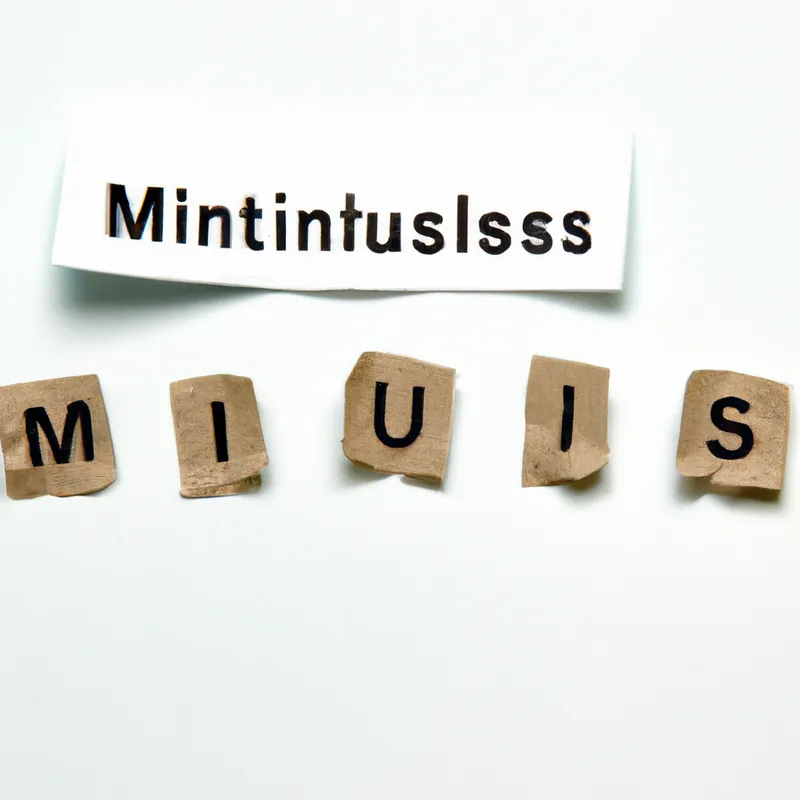Elevate Productivity with Quick Mindfulness Practices
Mindfulness Techniques for Quick Office Resets
Today’s fast-paced work environment generates stress quickly. Deadlines loom, meetings stack up, and distractions abound. Amid this chaos, mindfulness helps reset focus and improve well-being. Mindfulness clears your mind, reduces stress, and enhances productivity. Here are effective techniques for quick office resets and strategies to incorporate mindfulness into your daily routine.
Understanding Mindfulness
Mindfulness means being present and fully engaged with your thoughts, feelings, and surroundings without judgment. This practice allows you to observe experiences without feeling overwhelmed. By cultivating mindfulness, you increase awareness of your mental and emotional states. This leads to better decision-making and stress management.
Quick Mindfulness Techniques
1. Deep Breathing
Deep breathing serves as a simple, effective mindfulness technique. You can do it anywhere, anytime, with no special equipment. To practice, find a comfortable position. Inhale deeply through your nose, expanding your abdomen fully. Hold your breath briefly, then exhale slowly through your mouth. Repeat this for five breaths or longer if you have time. Deep breathing calms your nervous system and clears your mind, making it perfect for quick resets.
2. Body Scan
The body scan reconnects you with your body and helps release tension. Start by sitting or lying comfortably and closing your eyes. Begin at your toes and move your awareness upward, part by part. Notice areas of tension or discomfort; acknowledge them without judgment, and try to relax those muscles. Continue this process up to your head. A body scan takes as little as five minutes, grounding you during a hectic workday.
3. Mindful Walking
Engage in mindful walking if you have the chance. Take a brief stroll around your office or outside. As you walk, focus on bodily sensations—your feet touching the ground, the movement of your legs, and your breath’s rhythm. Engage your senses: notice colors and shapes, listen to sounds, and feel the air against your skin. Mindful walking refreshes your mind and boosts your mood, making it ideal for busy professionals.
4. Five Senses Exercise
This technique grounds you and shifts your focus back to the present moment. Observe your surroundings and engage your five senses:
– **Sight:** Notice five things you can see.
– **Sound:** Identify four sounds you hear.
– **Touch:** Recognize three textures you feel.
– **Smell:** Identify two scents in the air.
– **Taste:** Focus on one flavor in your mouth.
Conclusion
Incorporate these mindfulness techniques into your routine. They will help you reset and enhance your productivity.
Below are related products based on this post:
FAQ
What is mindfulness and how can it benefit me in the workplace?
Mindfulness means being present and fully engaged with your thoughts, feelings, and surroundings without judgment. Practicing mindfulness can help you observe experiences without feeling overwhelmed, leading to increased awareness of your mental and emotional states. This heightened awareness can improve decision-making, reduce stress, and enhance your overall well-being and productivity in the workplace.
What are some quick mindfulness techniques I can use during a busy workday?
Some quick mindfulness techniques include deep breathing, body scans, mindful walking, and the five senses exercise. Deep breathing helps calm your nervous system, body scans reconnect you with your body and release tension, mindful walking refreshes your mind, and the five senses exercise grounds you in the present moment by engaging your senses.
How long do these mindfulness techniques take to practice?
Most of these mindfulness techniques can be practiced in as little as five minutes. For example, a body scan can take five minutes, while deep breathing can be done for five breaths or longer if you have time. These quick resets can easily fit into your busy workday to help you regain focus and reduce stress.















Post Comment